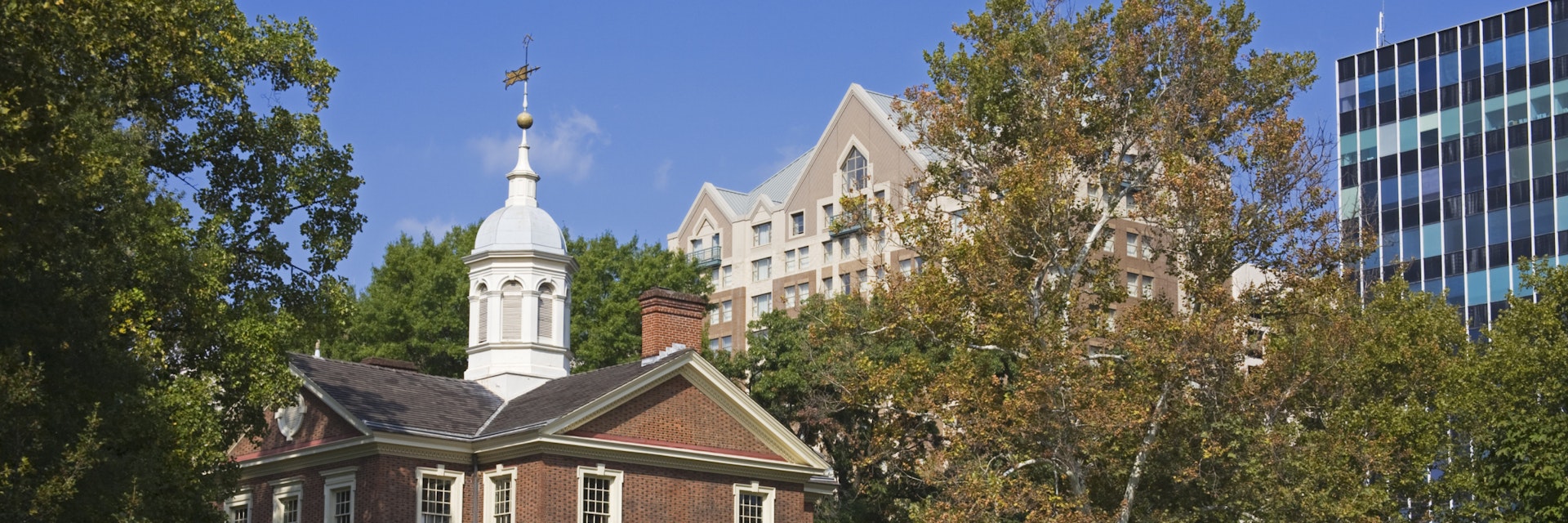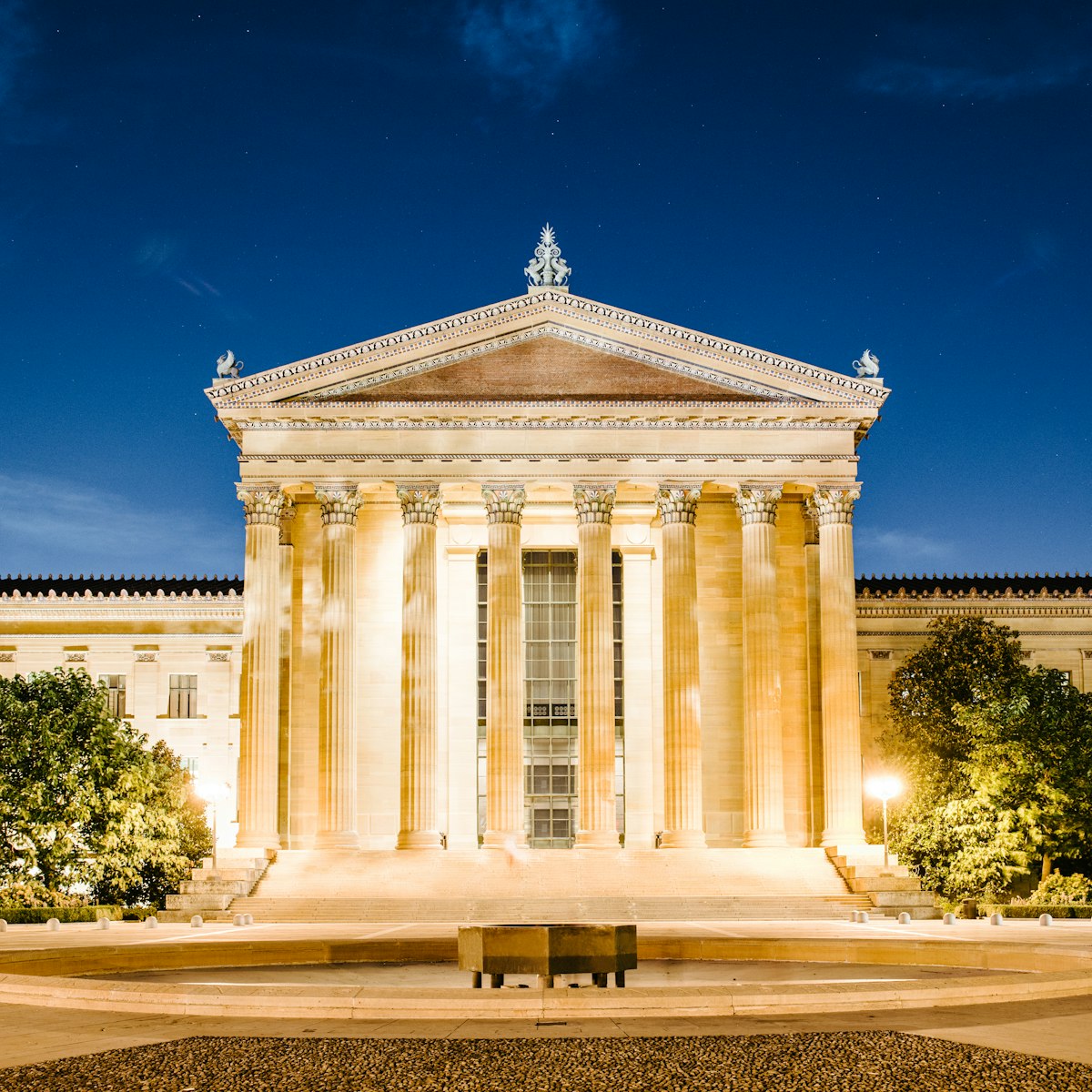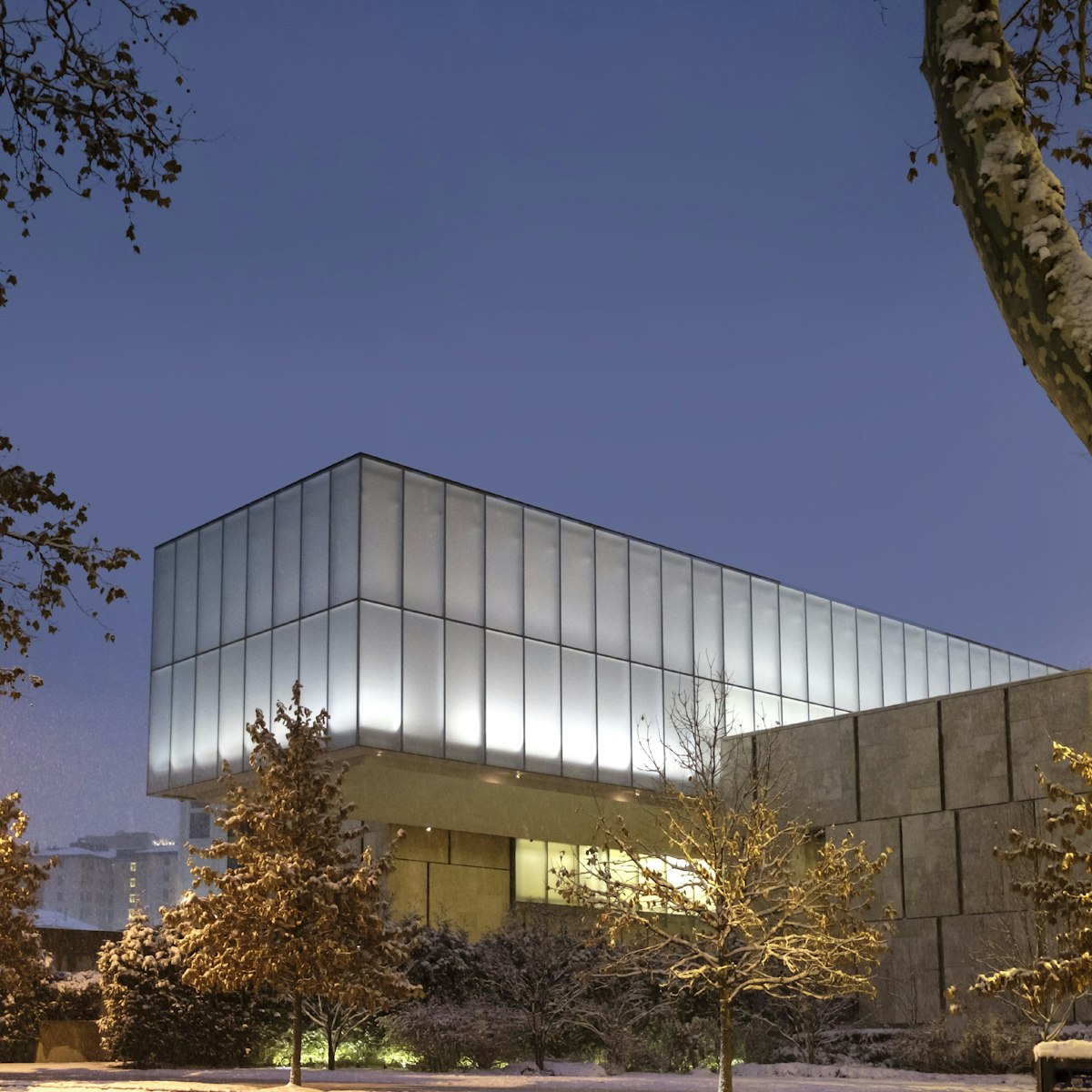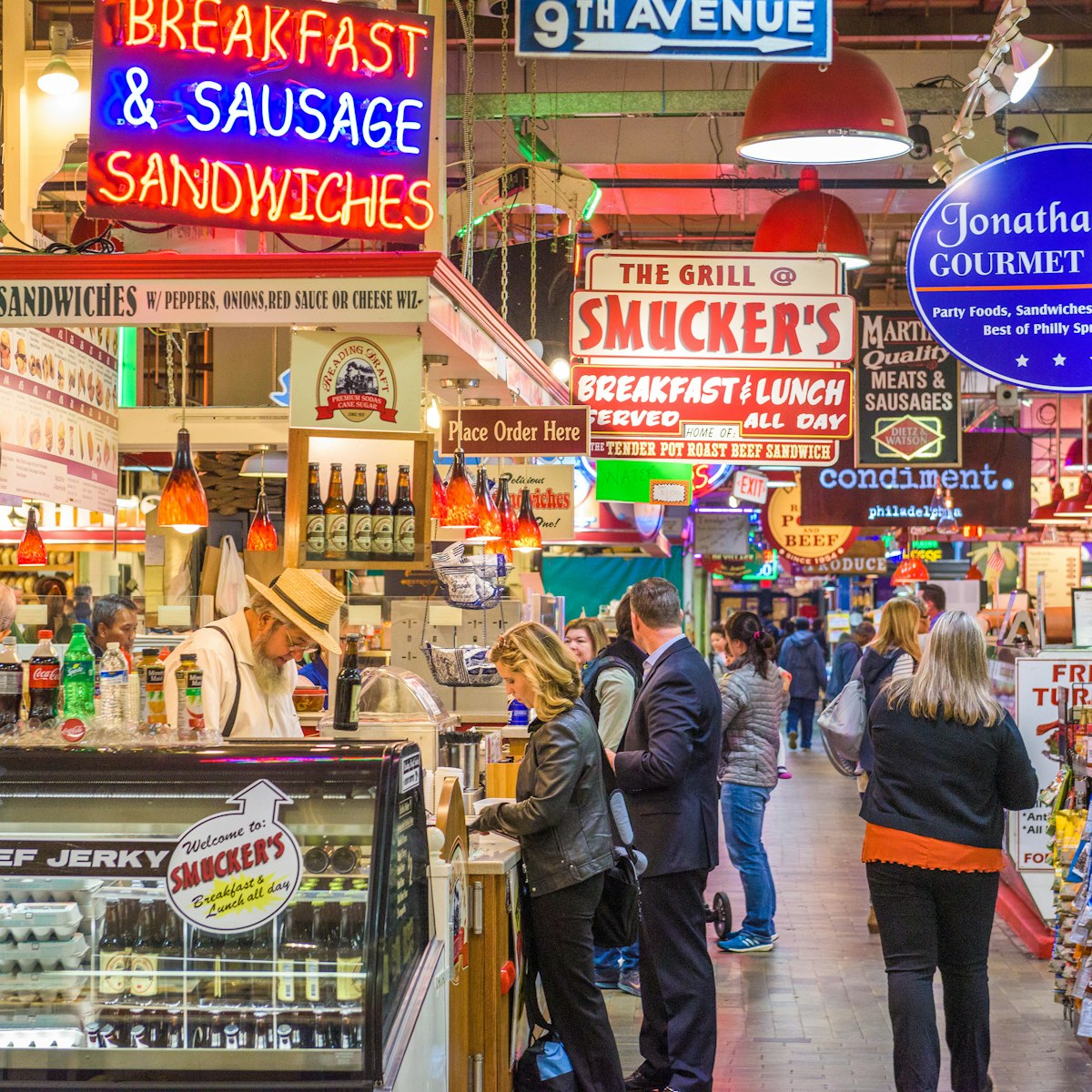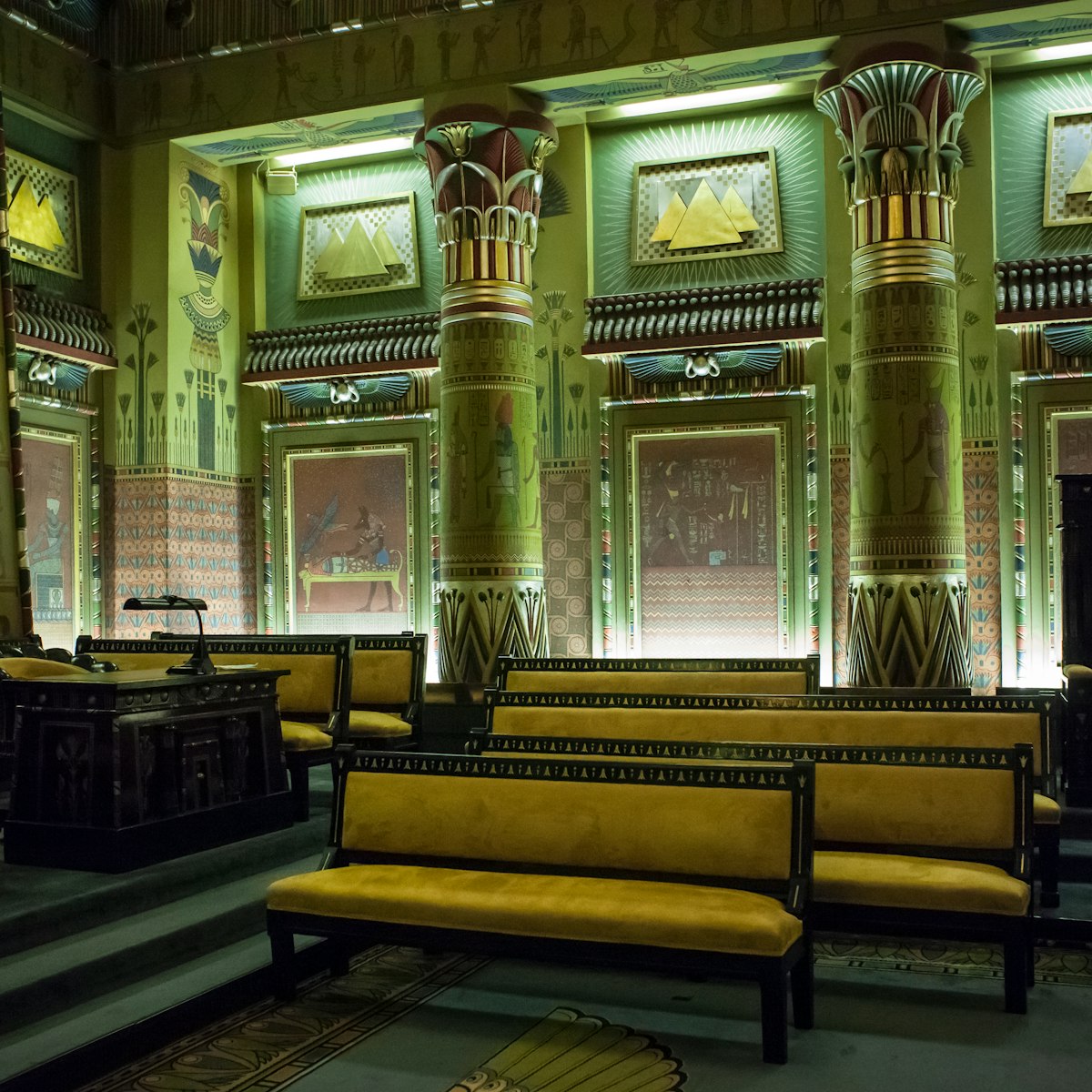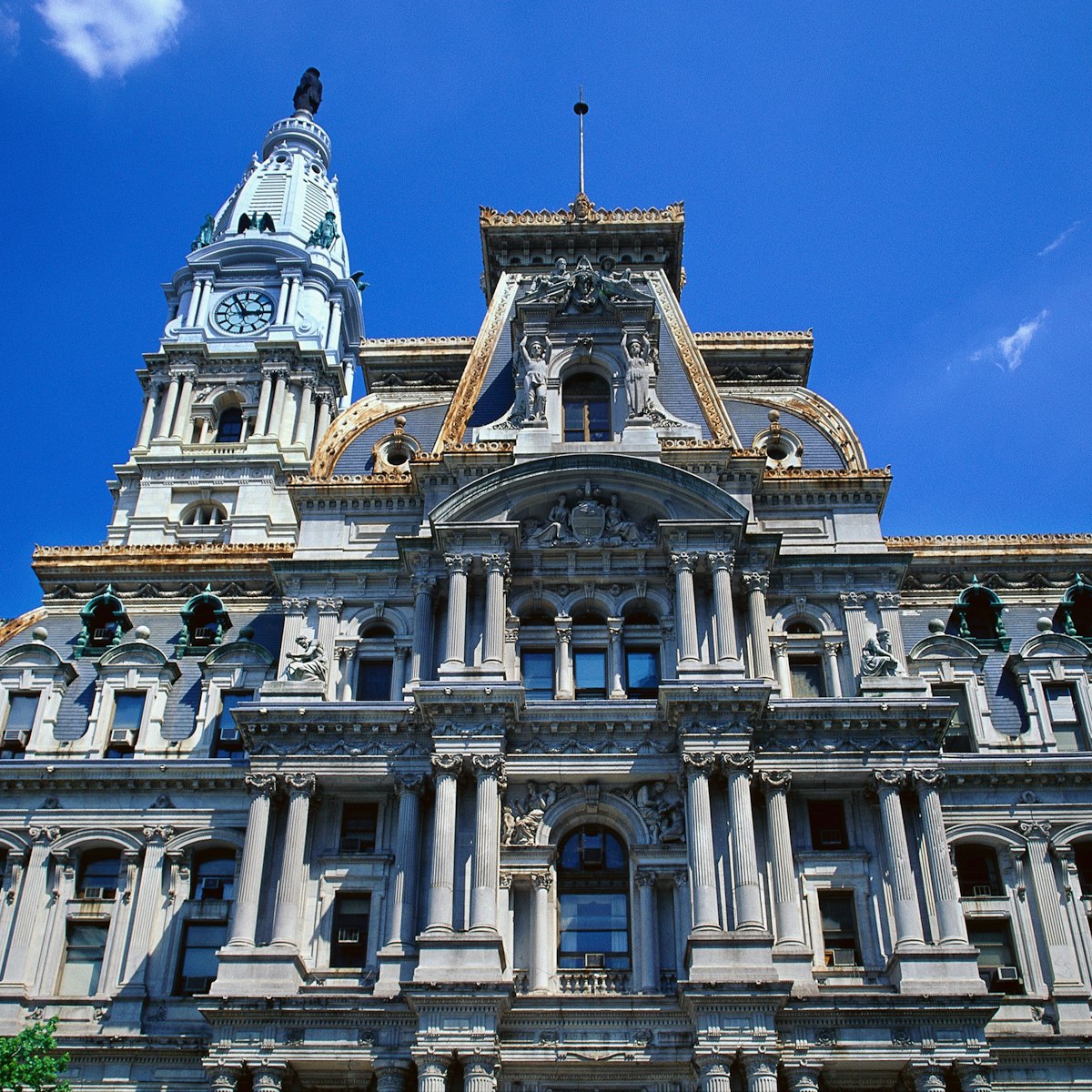This L-shaped Philadelphia park, bound by 6th, 2nd, Walnut and Arch Sts, protects and honors the institutions that formed the foundation of the United States. Every American school child knows the stories of the venerated monuments dotted around Independence National Historical Park, and the world-changing events that happened here; for outsiders, it's a crash course in America's founding legends.
Exploring history at Independence National Historical Park
In the interests of educating the nation, many of the sights in the National Historical Park are free to visit, and with so much to see, this is one of the top pocket-friendly days out in the country. Stroll around and you'll see the storied buildings in which the seeds for the Revolutionary War were planted and the sites where the institutions of the US government came into being. You'll also find beautiful, shaded lawns frequented by squirrels, pigeons and, in warmer months, costumed actors. Set aside a whole day to make the most of the historic sights, with rest stops in the park and at local cafes and restaurants.
The logical starting point is Independence Hall, the spire-topped Georgian mansion that bookmarks the south end of the park. The building served as the Pennsylvania State House in colonial times, but in 1776, leaders of the Thirteen Colonies – including Benjamin Franklin, John Adams and Thomas Jefferson, but not George Washington, who was away leading troops in New York – came together and signed the Declaration of Independence, officially launching the United States of America as a legal entity.
America's first president was in attendance at Independence Hall on 17 September 1787, when the US Constitution was signed into law (indeed, George Washington added the first signature). Across the lawn in front of the mansion is another American icon, the Liberty Bell, which was rung to mark the first public reading of the Declaration of Independence.
The bell once pealed in the bell-tower of Independence Hall, but now hangs in a dedicated pavilion; the famous crack developed in the 19th century, a result of miscalculations in the mix of metals used when the bell was cast. Nearby, you'll find the American Philosophical Society, founded by Benjamin Franklin in 1743 to promote 'useful knowledge', and the Old City Hall, where the US Supreme Court sat until 1800. Across the road, the Second Bank of the US was the home of the national bank until 1836 (the First Bank of the US lies just east). Other buildings that played lesser roles in the national struggle are dotted around the park.
Modern museums interpreting America's struggle for independence can be found at the edges of the park. North of Independence Hall, the National Constitution Center brings the US Constitution to life using actors and interactive exhibits, and you can admire an original copy of the Bill of Rights, the document that enshrined in law the right to free speech and the right to bear arms. East of Independence Hall, the Museum of the American Revolution uses a broad range of media to explain the 'why' behind America's quest for independence from Britain. Statesman and polymath, Benjamin Franklin gets his time in the sun nearby at the Benjamin Franklin Museum.
There's a growing maturity about the contradictions of America's founding story. The African American experience of events is told powerfully at the Presidents House Site on the location of George Washington's former offices, exploring the lives of the nine enslaved African Americans who were part of the Washington household. It's a thought-provoking reminder of the paradox at the heart of the story of American freedom.
Tickets & Practicalities
Entry to Independence Hall is by guided tour only, and you'll need to book a free advance ticket at the nearby Independence Visitor Center or reserve online (with a $1 booking fee). Only 50 people are allowed on each tour, so budget for at least an hour-long wait in peak summer months. Entry to the Liberty Bell pavilion and most other historic buildings is free and un-ticketed, though there are often queues in summer.
The main paid-for sights are the Museum of the American Revolution, the National Constitution Center, and the Benjamin Franklin Museum, and advance booking is recommended for all three. The easiest place to park is the Autopark at Independence Mall, by the Independence Visitor Center.
Where to eat near Independence Hall
Wading through this much history will give you an appetite – break up the patriotism with physical nourishment at these nearby places to eat.
